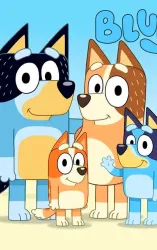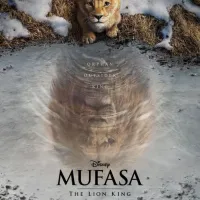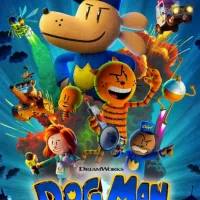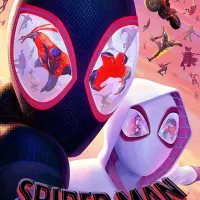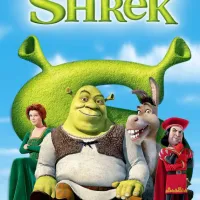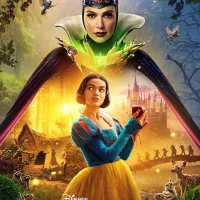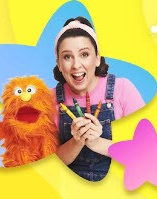Bluey
Bluey - More Than Just a Kids' Show
In the world of children's television, it's a rare gem that manages to captivate both the young audience it's intended for and their parents. "Bluey," an Australian animated series that debuted in 2018, is one such gem. The show centers around Bluey, a Blue Heeler dog, her sister Bingo, and their parents, diving into the simple yet profound adventures of daily life. With its clever storytelling, heartfelt moments, and, most importantly, an honest look at family dynamics, "Bluey" has quickly become a beloved show across the globe.
The Magic and The Missteps of Bluey
First and foremost, "Bluey" shines through its authentic portrayal of family life. Each episode, spanning a mere seven minutes, is packed with relatable scenarios, from struggling to learn new things to the dynamics of playdates. The parents, Chilli and Bandit, are depicted realistically, balancing work and family life and engaging in their children's imaginative play without losing their essence as adults. This genuine representation resonates with viewers, making the Heeler family feel like an extension of our own.
Moreover, the show's humor is effortlessly charming. It doesn't solely rely on slapstick or loud, exaggerated expressions typical of some children's media. Instead, it finds comedy in the mundane, making everyday situations laugh-out-loud funny without ever talking down to its audience. This sophistication in storytelling and humor elevates "Bluey" into a category of its own.
The Areas Where Bluey Could Improve
Despite its brilliance, "Bluey" isn't without its areas of potential improvement. As the show's popularity grows internationally, so does the expectation for it to mirror the diverse realities of its global audience more closely. Exploring varied family dynamics, cultures, and experiences could enrich the world of "Bluey," making it more inclusive and even more relatable to a broader audience.
Additionally, some viewers have expressed a desire for episodes that delve deeper into educational content. While the show masterfully teaches social-emotional lessons, there's room to expand into topics like science, history, or art, thereby enhancing its educational value without sacrificing entertainment.
Conclusion: Capturing Hearts Worldwide
"Bluey" has undeniably made its mark on viewers of all ages around the world. It's not merely the relatable characters or the sense of humor that sets it apart; it's the ability of the show to reflect the joy, chaos, and beauty of family life. Parents applaud it for not only entertaining their children but also for offering moments that tug at their heartstrings and occasionally prompt them to self-reflect on their parenting.
However, viewers also recognize areas where "Bluey" could grow. By embracing a wider array of family structures and backgrounds and possibly incorporating more educational content, the show could enhance its appeal and relevance.
Despite these areas for growth, "Bluey" remains a pinnacle of children's television. It's a show that parents don't just tolerate but actively enjoy alongside their children. It teaches, entertains, and, most importantly, connects with its audience on a profoundly human level. As "Bluey" continues to evolve, it's clear that it will hold a special place in the hearts of those who watch it, heralding it as not just good but potentially great art in the realm of children's media.

